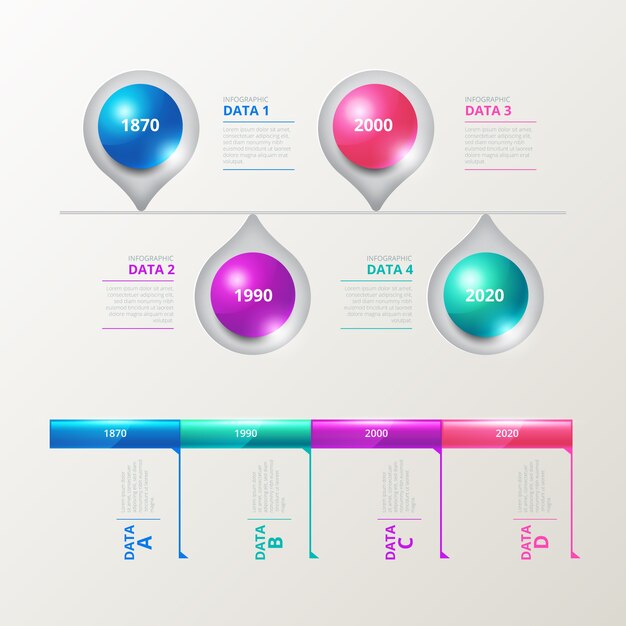Managing Expectations: Setting Realistic Timelines for Complaint Resolution

Managing Expectations: Setting Realistic Timelines for Complaint Resolution
Customer complaints are an unavoidable part of any business. How a company handles these complaints, however, can significantly impact customer loyalty and brand reputation. A key element in effective complaint management is setting realistic timelines for resolution. This ensures customer satisfaction while also protecting the business from unrealistic expectations and potential misunderstandings.
The Importance of Realistic Timelines:
- Builds Trust: When customers know what to expect in terms of resolution time, they feel valued and respected. Clear communication fosters trust and reduces frustration.
- Manages Expectations: Unrealistic timelines can lead to customer disappointment and erode trust. Clear, achievable deadlines set realistic expectations and prevent unnecessary frustration.
- Improves Efficiency: By setting realistic timelines, businesses can allocate resources effectively and prioritize complaint resolution without rushing or compromising quality.
- Reduces Stress: Both customers and businesses benefit from a clear understanding of the process and a reasonable timeframe for resolution. This reduces stress and improves communication.
Factors to Consider When Setting Timelines:
- Complaint Complexity: A simple issue like a faulty product might be resolved quickly, while a complex service issue could require more investigation and time.
- Resource Availability: The availability of staff, tools, and information will impact the time needed for resolution.
- Company Processes: Efficiency of internal processes, such as communication channels and decision-making structures, plays a role in the time required for resolution.
- Industry Standards: Different industries have different expectations regarding complaint resolution times. Researching best practices and industry benchmarks is crucial.
Tips for Setting Realistic Timelines:
- Communicate Clearly: Be upfront and transparent about estimated resolution times from the start. Explain the process and any potential delays.
- Provide Regular Updates: Keep customers informed of progress throughout the resolution process.
- Set Milestones: Break down complex issues into manageable steps with specific deadlines for each.
- Be Flexible: While striving for realistic timelines, remain flexible to accommodate unforeseen circumstances.
- Over-Deliver When Possible: Exceeding expectations by resolving issues faster than anticipated can significantly improve customer satisfaction.
Beyond Timelines: The Power of Empathy and Communication:
Setting realistic timelines is crucial, but it’s equally important to demonstrate empathy and communicate effectively throughout the process. Actively listen to the customer’s concerns, apologize for any inconvenience, and show genuine commitment to resolving the issue.
Conclusion:
Effective complaint resolution involves striking a delicate balance between setting realistic timelines and fostering trust with customers. By carefully considering relevant factors, setting clear expectations, and communicating effectively, businesses can build strong customer relationships and maintain a positive reputation even in the face of challenges. Remember, a satisfied customer is a valuable asset and a loyal advocate for your brand.

